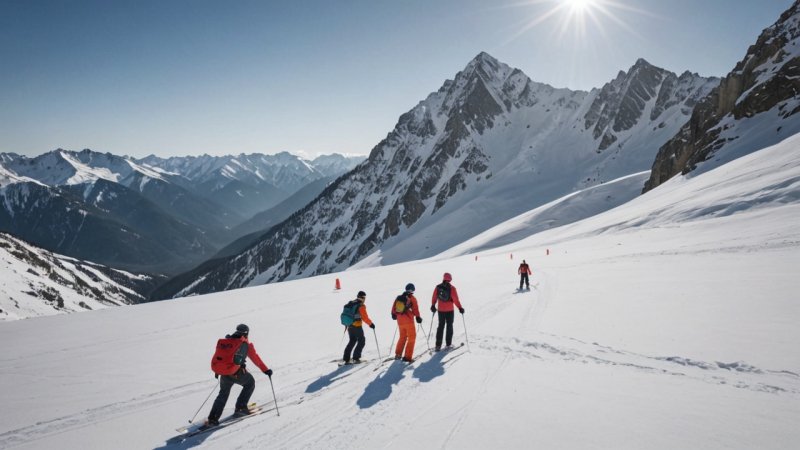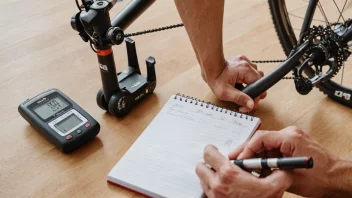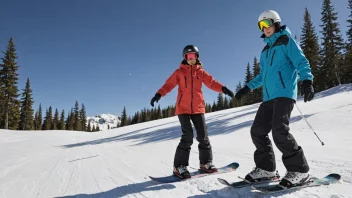Introduction
Winter sports can be exhilarating and adventurous, but they also come with their own set of risks. Knowing how to handle emergencies effectively can make a significant difference in ensuring safety and minimizing injuries. In this article, you will learn essential steps to take when faced with emergencies while participating in winter sports, including how to assess the situation, provide first aid, and seek help.
Step 1: Assess the Situation
Before taking any action, it’s crucial to evaluate the scene of the emergency. This will help you determine the severity of the situation and the best course of action.
- Look for hazards: Check for any immediate dangers such as unstable snow, other skiers, or obstacles.
- Identify the injured: Determine who is affected and the nature of their injuries.
- Stay calm: Keeping a level head will enable you to think clearly and act effectively.
Step 2: Ensure Personal Safety
Your safety is paramount. Before assisting others, make sure you are not putting yourself in danger.
- Move to a safe location: If possible, guide yourself and the injured person away from hazards.
- Signal for help: Use visual signals or your phone to alert others of the emergency.
- Stay aware: Keep an eye out for changing conditions or additional dangers.
Step 3: Provide First Aid
Once you have ensured safety, you can begin providing first aid to the injured party.
- Check for responsiveness: Gently shake the person and ask if they can hear you.
- Call for professional help: If the person is unresponsive or seriously injured, call emergency services immediately.
- Administer basic first aid: If you are trained, perform CPR if necessary and manage bleeding by applying pressure to wounds.
Step 4: Monitor the Injured
After providing initial first aid, it’s essential to keep a close watch on the injured individual for any changes in their condition.
- Keep them warm: Use blankets or extra clothing to prevent hypothermia.
- Reassure them: Keep the person calm by speaking to them and explaining what is happening.
- Record symptoms: Take note of any changes in their condition to relay to medical personnel upon arrival.
Step 5: Seek Help
After you have provided care, it’s time to ensure that professional help is on the way.
- Contact emergency services: Provide clear information about the location and nature of the emergency.
- Ask other skiers for assistance: Enlist help from others nearby to ensure that emergency services can locate you quickly.
- Follow instructions: Listen for any guidance from emergency responders and relay information as needed.
Step 6: Report and Reflect
Once the situation is resolved, take the time to report the incident and reflect on what happened.
- File an incident report: If applicable, file a report with the ski resort or facility.
- Reflect on the experience: Discuss what went well and what could be improved in handling emergencies in the future.
- Consider further training: Look into first aid and CPR courses to enhance your preparedness for future emergencies.
Conclusion
Handling emergencies while participating in winter sports requires a calm demeanor, quick thinking, and a well-practiced approach. By assessing the situation, ensuring safety, providing first aid, monitoring the injured, seeking help, and reflecting on the experience, you can effectively manage emergencies and contribute to a safer sporting environment. Always prioritize safety, and consider further training to enhance your skills in emergency preparedness.






